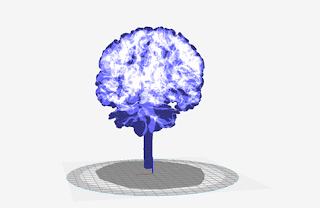Wonderful to devise and lead this session with Andrew and have Celia and Les on the team - learnt so much - had to set aside my anxiety about failure, students being bored or lost - and leave space for things to float a bit, for different things to happen. Fascinating to see the different styles of the groups emerge - the serious, the whimsical, the analytical, the jokers. And loved watching Celia, Les and Andrew dive in to the different conversations and poke / provoke / cheer / cajole - brilliant. We gave them scraps of clothing and measuring tools and asked them to look and think and make up a 3-minute story to present to their peers - who scored them on clarity, originality and story telling. The lessons from previous sessions seemed to have touched them somehow - more exploratory observation including touch, more confident use of pens and pencils, using their sketcbooks and working at scale. Our outline lesson plan below and some images here too -...






